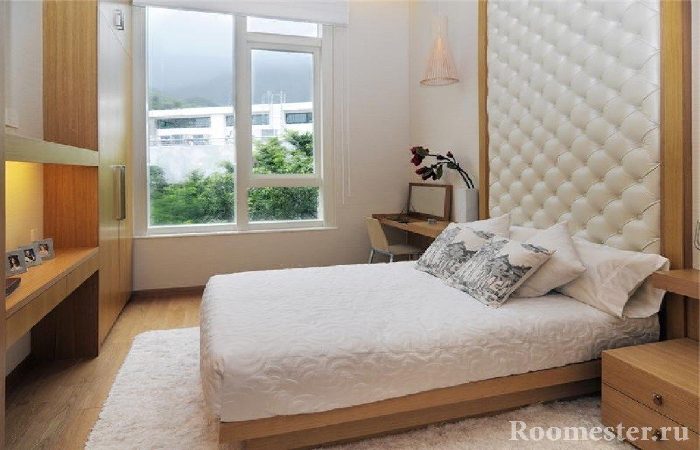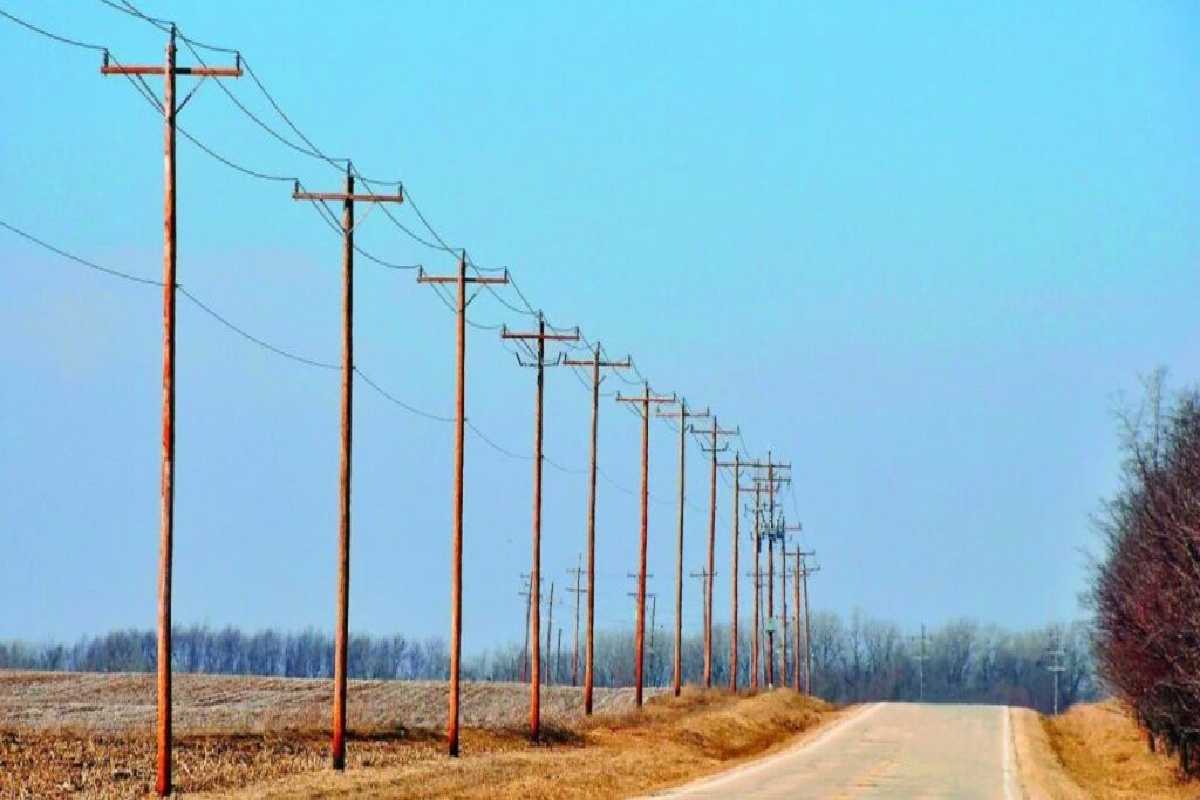Table of Contents
Introduction
10 meters might sound straightforward—a nice round number, easy to imagine, right? But when you stop and think about it, how long are 10 meters? Unless you’re a track athlete or a tape-measure enthusiast, it’s not a distance most people visualize with precision. So, let’s dive into the world of comparisons, analogies, and surprising facts to make 10 meters come alive.
The Basics First
Technically, 10 meters equals:
- 32.8 feet
- 1,000 centimeters
- 10,000 millimeters
It’s also one-tenth of a football field (not including the end zones) or precisely the length of a standard diving platform height in the Olympics—but more on that in a second.
A Quick Sprint
You could sprint 10 meters in just under 2 seconds if you’re reasonably athletic. Elite sprinters do it in less than 1.5 seconds. For the rest of us? Maybe 2.5 to 3 seconds. It’s a burst of speed, not a jog. If you’re being chased by a bee or racing to grab your phone off the charger across the room—that’s about 10 meters.
The Diving Board Test
If you’ve ever seen someone leap off a 10-meter diving platform, you’ll know it’s no joke. It’s high. Standing on the edge and looking down makes 10 meters feel much longer than it sounds. It’s about the height of a three-story building.
Car Comparisons
Picture a car. A standard compact car is around 4–4.5 meters long. So, two parked vehicles bumper-to-bumper come close to 10 meters. This is a good mental tool if you’re trying to judge whether your driveway can fit multiple cars.
How Long is 10 Metres in a Room?

Ten meters might not sound much on paper, but it suddenly feels much longer than expected when you try to fit it into a room.
To put it simply, 10 meters is equivalent to 32.8 feet. That’s about the length of a typical city bus or roughly the height of a three-story building if laid flat. If you imagine adults lying down head to toe, you’d need about five to six of them to reach ten meters.
Most standard rooms—like bedrooms or living rooms—are usually 3 to 6 meters long. That means 10 meters would stretch across two or even three typical rooms. You’d need a vast space, like a school gym, warehouse, or open-plan hall, to easily accommodate that length without interruption.
If you’re trying to measure or visualize 10 meters in your home, a simple trick is to use a standard tape measure or count steps—around 13–14 adult steps, depending on stride length, equals 10 meters.
So, while 10 meters might seem like a manageable distance, it’s surprisingly long when placed inside the context of an average room.
How Long Does It Take to Walk 10 Metres?
Walking 10 meters might sound like a small task—and it is! On average, it takes just a few seconds to walk that distance.
A typical adult walks at a speed of about 1.4 meters per second (roughly 5 km/h or 3.1 mph). Based on this pace, it would take around 7 to 8 seconds to walk 10 meters at a normal, relaxed speed.
Of course, the exact time can vary depending on a few factors:
- Walking speed: A brisk walker might cover 10 meters in 5 to 6 seconds, while someone moving slowly might take 10 seconds or more.
- Age and mobility: Children, elderly individuals, or people with limited mobility may take longer.
- Footwear or environment: Walking on a slippery floor or rough ground can also affect how quickly someone covers the distance.
In summary, walking 10 meters is a matter of seconds for most people—quick, simple, and something we do without even thinking about it!
Plugable 10 Meter USB Cable: What You Need to Know
Regarding connecting USB devices over long distances, the Plugable 10-meter USB extension cable is a reliable and high-quality solution. Designed for convenience and performance, this cable helps bridge the gap between your computer and peripherals like webcams, printers, or external drives—without losing signal strength.
Key Features
- Length: At 10 meters (32.8 feet), this cable gives you plenty of reach—perfect for setups where your device is far from your computer, like conference rooms, classrooms, or home studios.
- Built-in Signal Booster: Unlike standard USB cables, Plugable’s version includes an active repeater chipset that ensures stable data transmission over long distances.
- Compatibility: It supports a wide range of USB 2.0 devices and is backward-compatible with USB 1.1. It’s also plug-and-play with Windows, macOS, and Linux—no drivers needed.
- Power Support: The cable features a dedicated power input for power-hungry devices, so you can connect an external power adapter if needed.
How Long is a 10-Meter Helicopter?

When people think of helicopters, they often picture large, complex machines used in rescue missions, military operations, or luxury travel. But not all helicopters are massive—some are compact and efficient, with lengths around 10 meters (about 33 feet). So, what does a 10-meter helicopter look like in real life?
Understanding the Size
A 10-meter-long helicopter falls into the light helicopter category and typically includes aircraft used for training, private transport, law enforcement, or light utility tasks. To put it in perspective:
- 10 meters = about 33 feet
- That’s roughly the length of two mid-size cars parked end-to-end
- Or the length of a city bus
Despite their relatively small size, these helicopters can still carry 2 to 6 passengers, depending on the model and layout.
Examples of Helicopters Around 10 Meters
- Robinson R44 – A popular four-seat light helicopter, approximately 11.7 meters long, including the rotors.
- Airbus H120 (formerly Eurocopter EC120) – A sleek, modern helicopter used in private and law enforcement sectors, about 11 meters long.
- Bell 206 JetRanger – A classic utility helicopter just over 12 meters, but often compared to 10-meter models due to similar compact usage.
Where They’re Used
Helicopters around 10 meters long are often used for:
- Flight training
- Aerial photography
- Agricultural spraying
- Private charters
- Police patrols and observation
How Long Does a 10-Metre Bus Look?

A 10-metre bus may sound like just a number, but seeing one in real life is an impressive sight. Measuring about 33 feet, a 10-metre bus is considered a mid-sized public and private transport vehicle.
What Does It Look Like?
To picture it:
- It’s about the length of two to three cars parked bumper to bumper.
- It’s slightly shorter than a full-sized city or school bus, usually 12 to 14 meters.
- A 10-metre bus typically seats 25–35 passengers, depending on its design and layout.
These buses are often used for:
- Shuttle services
- Tourism and charter trips
- Airport transfers
- Small city routes or school runs
Compact But Capable
While shorter than standard transit buses, 10-meter buses are easier to maneuver in tight city streets or rural areas. They balance capacity and convenience, making them a practical choice for many transportation needs.
Conclusion
While 10 meters might seem simple, it’s surprisingly long when visualized in real life. It’s about the length of a city bus, five to six adults lying head to toe, or two mid-sized cars end to end. Whether picturing it in a room, on the street, or as part of a vehicle, 10 meters covers much more space than most people expect. Understanding its scale helps put distance, size, and space into better perspective in our everyday environments.

